Microsoft Teams Error Code 500 on PC and Mac (Solutions)
You may fail to connect to Microsoft Teams with error code 500 due to corrupt Microsoft Teams entries in the Credential Manager. Moreover, a conflicting Windows update may also cause the issue at hand.
The user encounters the issue mainly on the Windows and Mac clients when he launches or tries to log in to the Teams client and encounters the following message:

You can get rid of Microsoft Teams error 500 by trying the solutions discussed below but before that, make sure the Microsoft Teams servers are up and running (you may check by logging into your Office 365 admin portal or their Twitter handle). Also, check if Microsoft Teams mobile client either Android or iOS, or its web client by using a web browser is working fine. If you have enabled 2-step verification, then check if using an app-specific password on Teams solves the issue at hand.
1. Logout of the Microsoft Teams Application
A temporary communication glitch between the Teams application on your system and Microsoft servers may cause the error 500. In this context, logging out (through the system’s tray) the Teams application and logging back into it may solve the problem.
1.1 Logout Teams on a Windows PC
- Expand the hidden icons of the system tray and right-click on Microsoft Teams.
- Now select Sign Out and wait till the Microsoft Teams relaunches (do not force quit the application).
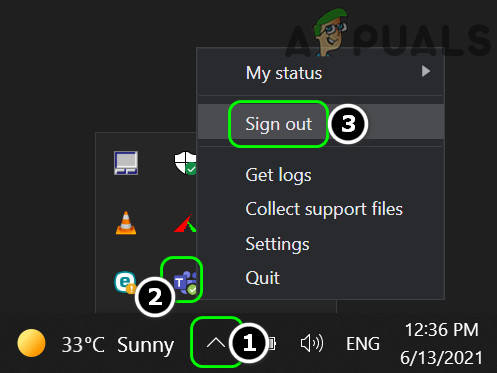
Sign Out of Microsoft Teams Through the System Tray Icon - Then log in to Teams and check if it is clear of the issue at hand.
- If not, repeat steps 1 to 3 but at step 3, when Teams show you a small login screen, close that window and wait till the maximized login window is shown again.

Close the Small Login Windows of Microsoft Teams - Then log in using your credentials and check if Teams is clear of error 500.
Login Microsoft Teams in the Maximized Window
1.2 Disconnect Teams on a Mac
- Launch the Teams Mac client and right-click on its dock icon.
- Now, in the small context menu, choose Disconnect.
- Once the Teams application is relaunched, check if it is clear of the error code 500.
1.3 Delete the Teams Credentials in the Credential Manager
The Teams application may show the error code 500 if the Teams credentials in the Credential Manager are corrupt. In this case, deleting the Teams credentials in the Credential Manager may solve the problem.
- Firstly, exit the Microsoft Teams and end its related processes in the Task Manager.
- Now click Windows, type: Credential Manager, and then open the Credential Manager.
Open Credential Manager - Then navigate to the Windows Credential tab and expand the MSTeams entry (or an entry related to your Microsoft account used with Teams).
- Now click on Remove and then confirm to remove the credential.
Remove the Microsoft Teams Entry from the Credential Manager - Repeat the same for all the entries belonging to MSTeams.
- Then restart your PC and upon restart, launch Teams (you may have to log in) to check if it is clear of the error 500.
2. Clear the Edge Browser History
The Microsoft Teams might show error code 500 if the history of the Edge browser is corrupt (as it can conflict with Teams). Here, clearing the history of MS Edge may solve the Teams issue.
- Exit Teams and end its related processes in the Task Manager.
- Now launch Edge and expand its menu by clicking on the three horizontal ellipses (near the top right corner).
- Then open Settings and in the left pane, head to the Privacy, Search, and Services.
Open Settings of the Edge Browser - Now, in the right pane, click on the Choose What to Clear button and click on Sign Out First (near the bottom of the window).

Open Choose What to Clear in the Edge Settings - Then confirm to Sign Out of the Edge and select the time-range of All-Time.
Clear the All-Time Browsing Data of Edge - Now select all the categories and click on the Clear Now button.
- Then reboot your PC and upon reboot, launch the Microsoft Teams application to check if its error code 500 is cleared.
2.1 Clear the Teams Cache on Windows
Microsoft Teams may show the error code 500 if its cache or its AppData folder is corrupt. In this context, clearing the cache and deleting its AppData folder may solve the problem.
- Exit Microsoft Teams and make sure no process related to it is operating in the Task Manager of your system.
- Now, right-click Windows and select Run.
Open the Run Command From the Quick Access Menu - Then navigate to the following path:
%appdata%
Open Roaming Appdata Folder Through the Run Command Box - Now open the Microsoft folder and double-click on Teams.
Open Microsoft Folder in the Roaming App Data Directory - Then open the Cache folder and delete all of its contents.
Open the Teams Folder in the Microsoft Roaming Appdata Directory - Now launch Microsoft Teams and check if it is operating fine.
Delete the Contents of the Microsoft Teams’ Cache Folder - If not, then exit Teams (do not forget to close its processes in the Task Manager) and navigate to the following path in the Run command box:
%appdata%/Microsoft

Open the Microsoft Roaming Folder Through Run - Now delete the Teams folder and launch the Microsoft Teams application to check if it is clear of error 500.
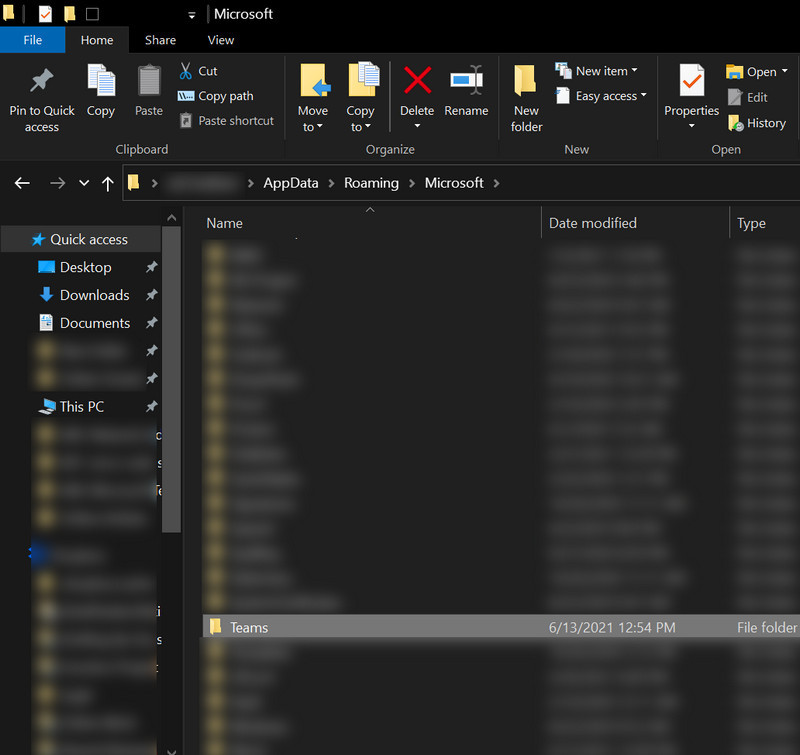
Delete the Teams Folder in the Microsoft Roaming Appdata Directory
3. Uninstall the Problematic Windows Update
Microsoft has a long history of releasing buggy updates and the Microsoft Teams error code 500 is also not an exception (reported by many users that the Teams error code 500 occurred after a Windows update). In this case, uninstalling the buggy Windows update may solve the Teams issue.
- Right-click Windows and open Settings.
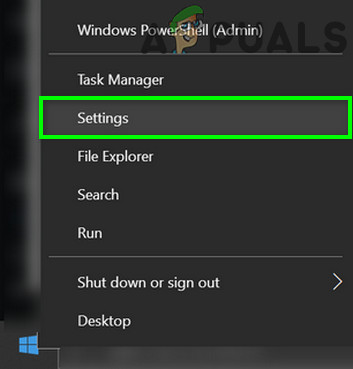
Open Windows Settings - Now select Update & Security and in the resulting window, open View Update History (in the right pane).
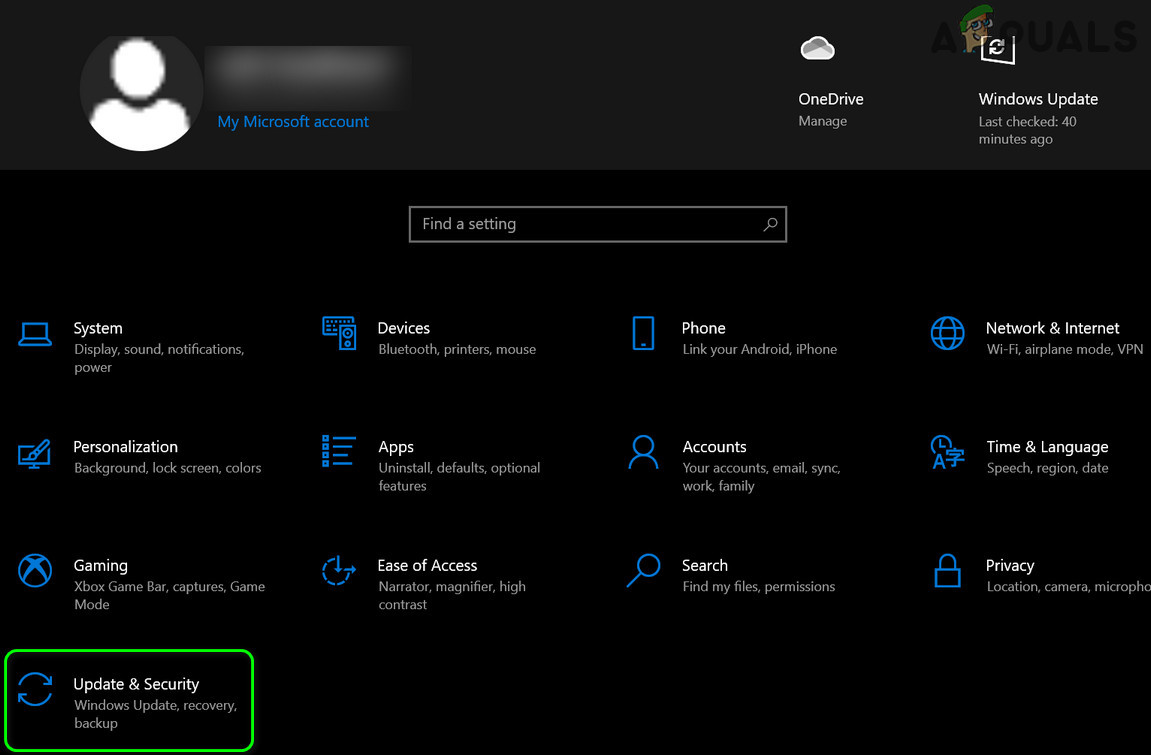
Open Update & Security - Then open Uninstall Updates and in the window shown, select the problematic update (e.g., KB4487044 update).
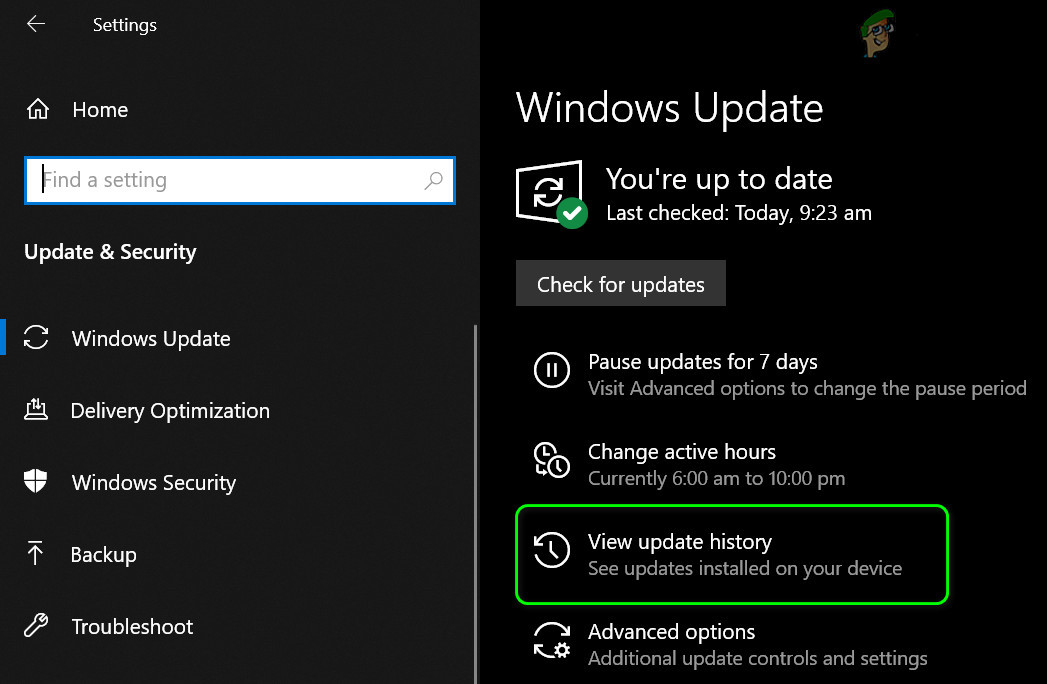
View Update History of Your System - Now click on Uninstall and then follow the on-screen prompts to uninstall the update.
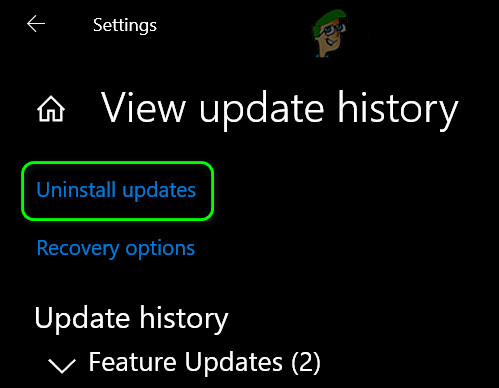
Open Uninstall Updates - Once the problematic update is uninstalled, reboot your PC and check if Microsoft Teams is clear of the error code 500.
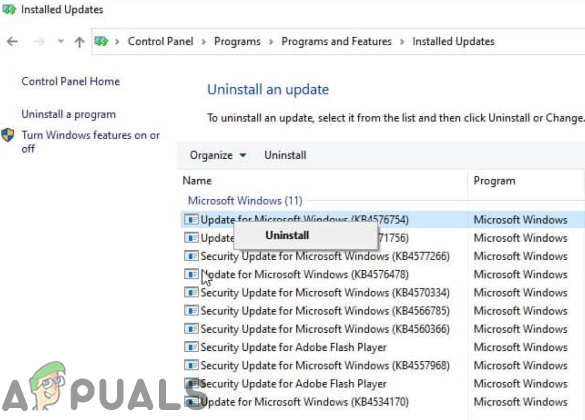
Uninstall Update KB4576754
If so, then you may reinstall the update causing the issue and if Teams works fine after the reinstallation of the update, then the issue was caused by the corrupt installation of the update.
4. Reinstall the Microsoft Teams Application
You may encounter the error 500 in the Teams application if its installation is corrupt. In this scenario, reinstalling the Microsoft Teams may solve the problem.
- Right-click Windows and select Apps & Features.
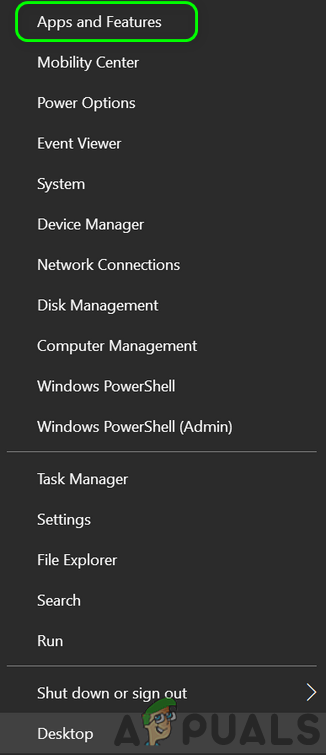
Open Apps & Features - Now expand Microsoft Teams and click on the Uninstall button.
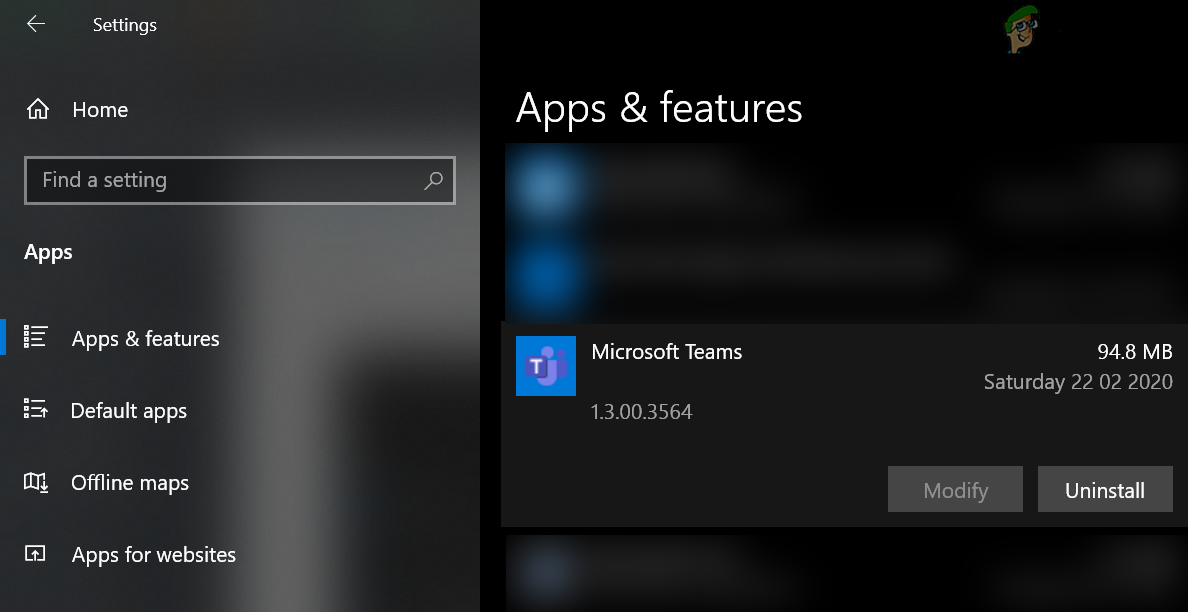
Uninstall Microsoft Teams - Then confirm to uninstall Teams and follow the on-screen prompts to uninstall Teams.
- Once the Teams application is uninstalled, reboot your PC and delete the Teams folder in the following directory (Mac user may delete the Library/Microsoft/Teams folder):
%appdata%/Microsoft
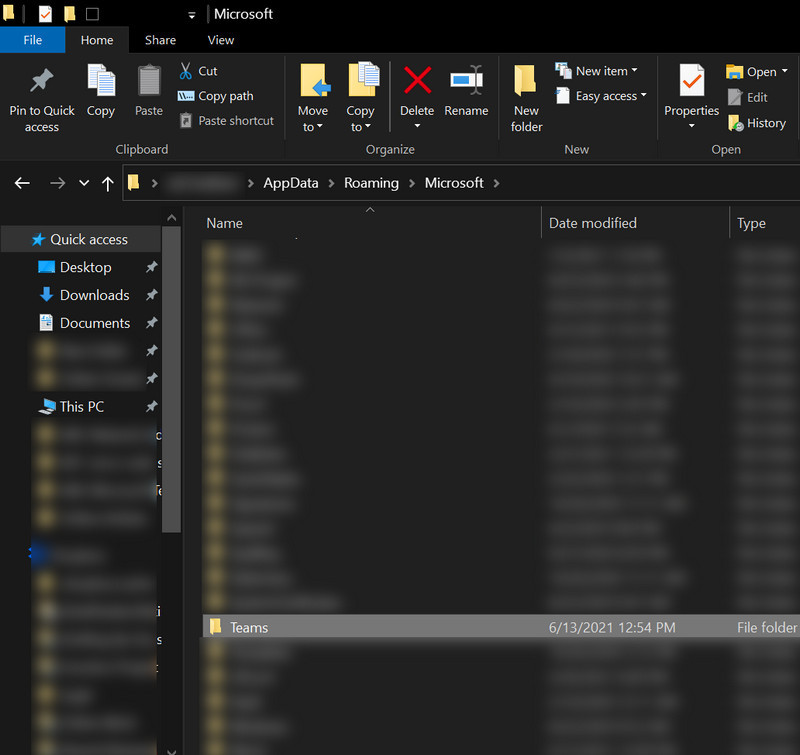
Delete the Teams Folder in the Microsoft Roaming Appdata Directory - Now download the latest Microsoft Teams installer and install it as administrator.
- Then launch the Microsoft Teams and hopefully, it is clear of the error code 500.





